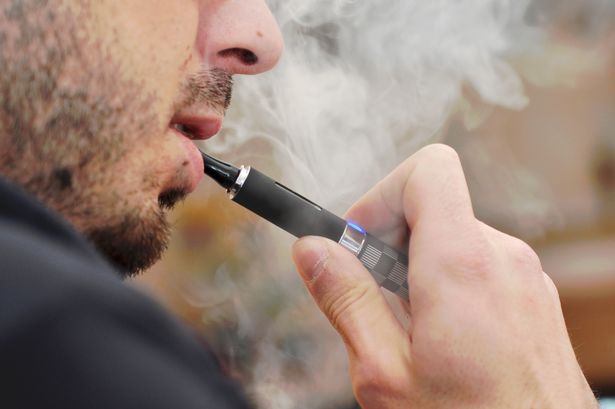Teenagers given good health information, I believe, will always act responsibly, by and large.
This is proved by national surveys in several countries indicating smoking among the young has continued to fall in recent years, despite a rapid growth in e-cigarette use.
Health professionals have feared vaping might act as a gateway to regular smoking – or prompt young people to see smoking as socially acceptable, referred to as“renormalisation”.
The good news is, it doesn’t.
Researchers have looked at smoking trends among young people as well as their attitudes towards smoking since 1998, focusing particularly on changes between 2011 and 2015 when e-cigarettes caught on.
To identify whether trends applied only to tobacco or reflected overall changes in substance use in teens, the scientists also analysed trends in alcohol and cannabis use.

Data on smoking was collected on 248,324 secondary school pupils aged around 13 and 15 in England, Scotland and Wales, while data on attitudes were available for 162,324respondents.
Pupils were asked whether they’d ever smoked, if they were regular smokers (at least once a week), and also if they thought it was OK to smoke/try smoking. They were also quizzed about their use of alcohol and cannabis.
The results are quite reassuring – showing that between 1998 and 2015, the percentage of 13 and 15 year olds who had ever smoked fell from 60 per cent to 19 per cent, while the proportion of regular smokers fell from 19 per cent to 5 per cent.
Teenage perceptions of smoking have also changed over time. Only 27 per cent in 2015 thought it was OK to try a cigarette, falling from 70 per cent in 1999. The proportion of those in England saying it was OK to smoke weekly fell from 36 per cent in 2003 to 14 per cent in 2014.

These patterns of abstinence were also reflected in alcohol and cannabis use. Between 1998 and 2015, the proportion of those who had ever tried cannabis fell from 29% to 9%, while those who had ever tried alcohol fell from 79 per cent to 48 per cent.
The researchers say: “Our results provide little evidence that renormalisation of smoking occurred during this period.
“What is more, positive perceptions of smoking attitudes declined at a faster rate following the proliferation of e-cigarettes, suggesting attitudes towards smoking hardened while e-cigarettes were emerging rather than softening, as would be expected if smoking had become renormalised.”
Reassuring – but continuing monitoring of smoking among the young should remain a public health priority.
